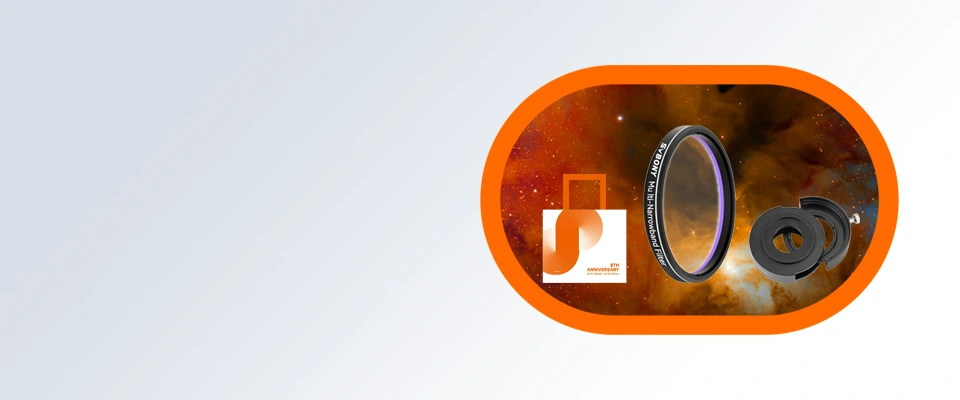Get $5 off $500+ purchases!
Get $15 off $1000+ purchases!
- Reduce Light Pollution: It can greatly reduce the interference from natural light sources such as moonlight or artificial light pollution such as street lighting;
- Improving Contrast: The filter enhances contrast during visual observation of gaseous and planetary nebulae, even under light-polluted skies. By improving contrast, it makes the nebula stand out more clearly against the sky background, but does not increase the nebula's brightness;
- Strong Applicability: The filter applicable to SVBONY's electronic cameras and astronomical cameras;
- Scope of Application: Useful for imaging emission nebulae, planetary nebulae and supernova remnants.
Note: This filter set is not suitable for telescopes with a focal ratio below f/4
FAST shipping
Special offers and product promotions
SVBONY SV220 2 Inches Dual-Band Filter
SVBONY 7nm dual band filter is designed to drastically reduce the effect of light pollution. The 7nm bandwidth means it strongly isolates
the nebulae's emissions into H-Alpha (red) and OIII (green-blue) from anything else. It blocks light pollution, maximizes the signal from
nebulae, and darkens the sky background. It also blocks artificial light from mercury vapor lamps, high- and low-pressure sodium vapor
lights, and unwanted natural light caused by the emission of neutral oxygen in our atmosphere.
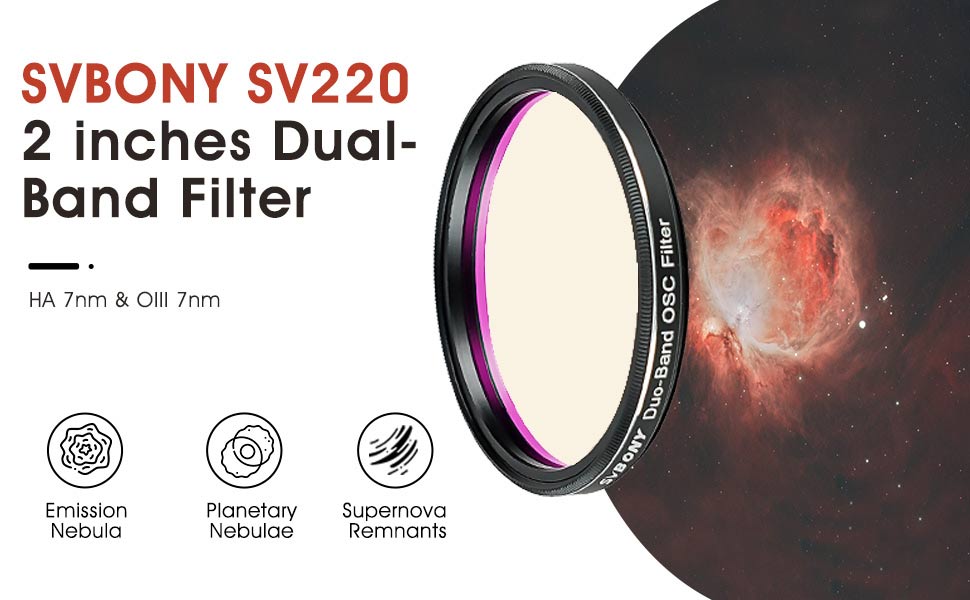
Dual Narrow Bandwidth H-Alpha/O-III 7nm Narrowband Filter Properly Designed For astrophotography of emission nebulae, planetary
nebulae and supernova remnants. The high transmission and sharp cut-off greatly enhances the contrast of image and brings out the
most detailed information of those deep-sky objects.
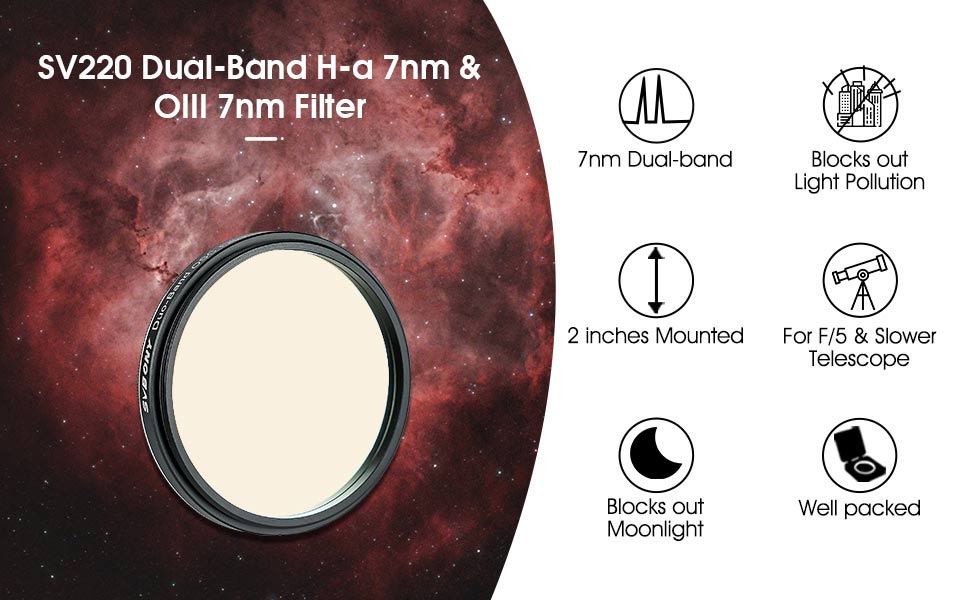
The 7nm dual-band filter allows OIII (500.7nm) and H-Alpha (656.3nm) nebula emission lines to be highly transparent, strongly isolates
the nebulae's emissions into H-Alpha (red) and OIII (green-blue), and drastically reduces the effect of light pollution.
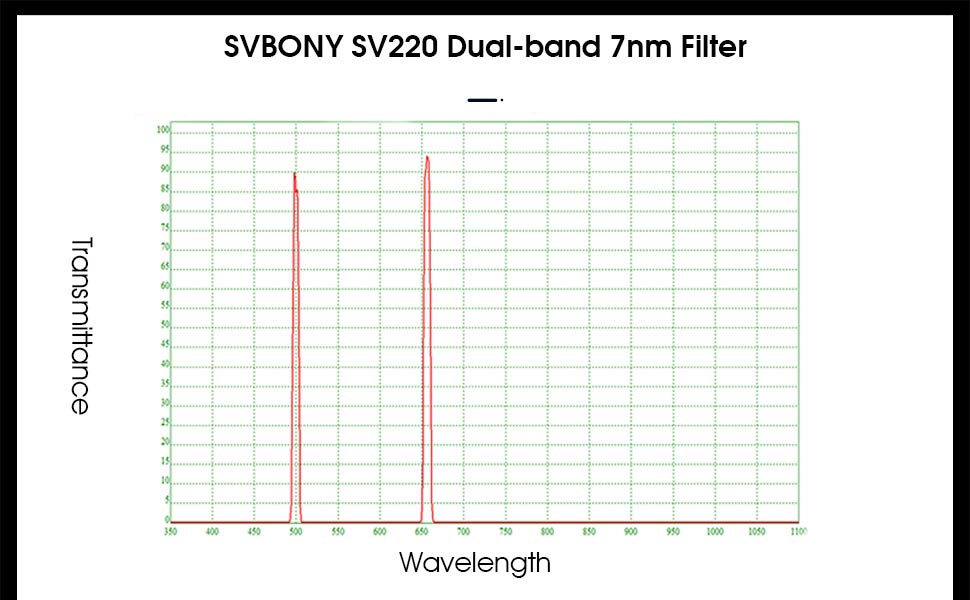
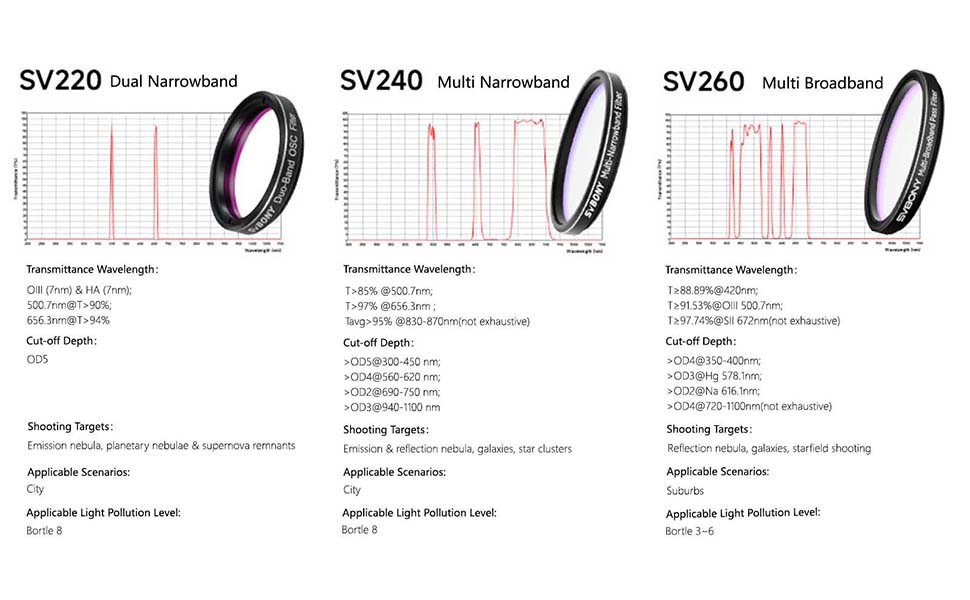
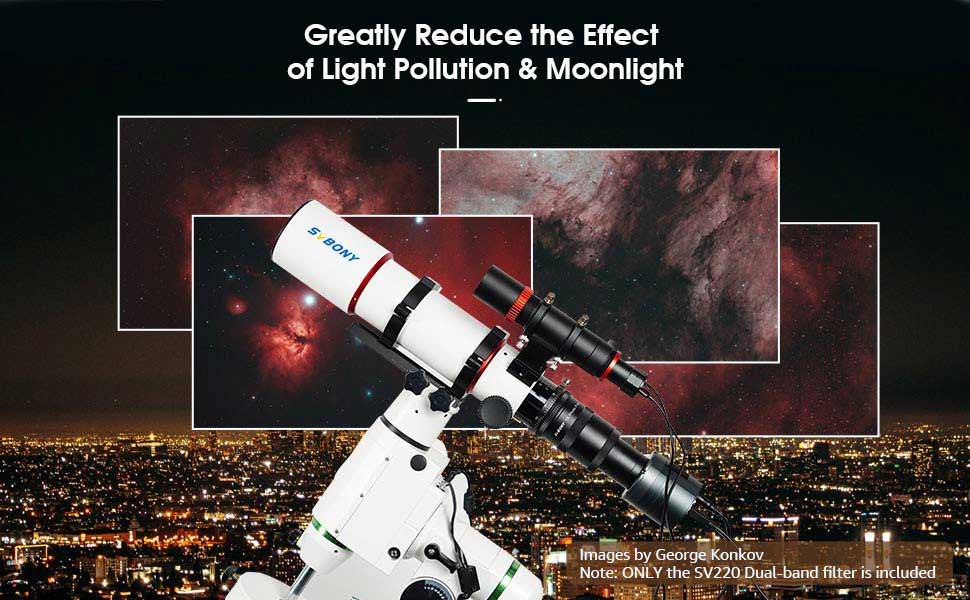
You can enjoy the fun of nebula shooting at anytime and anywhere in light pollution city or under a full moon. You don't have to to travel
through mountains and rivers for your photography, and your traffic fuel and time are also saved.
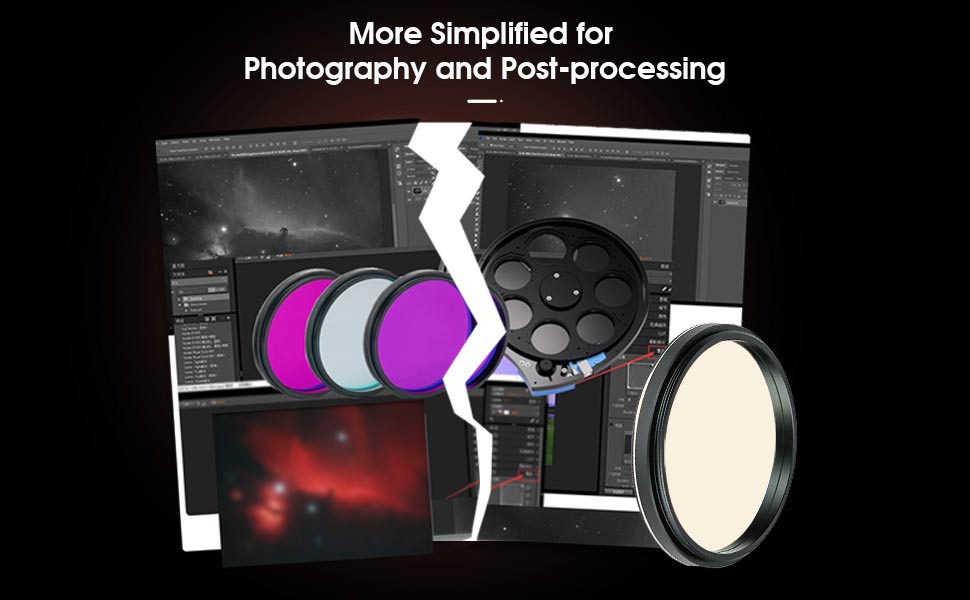
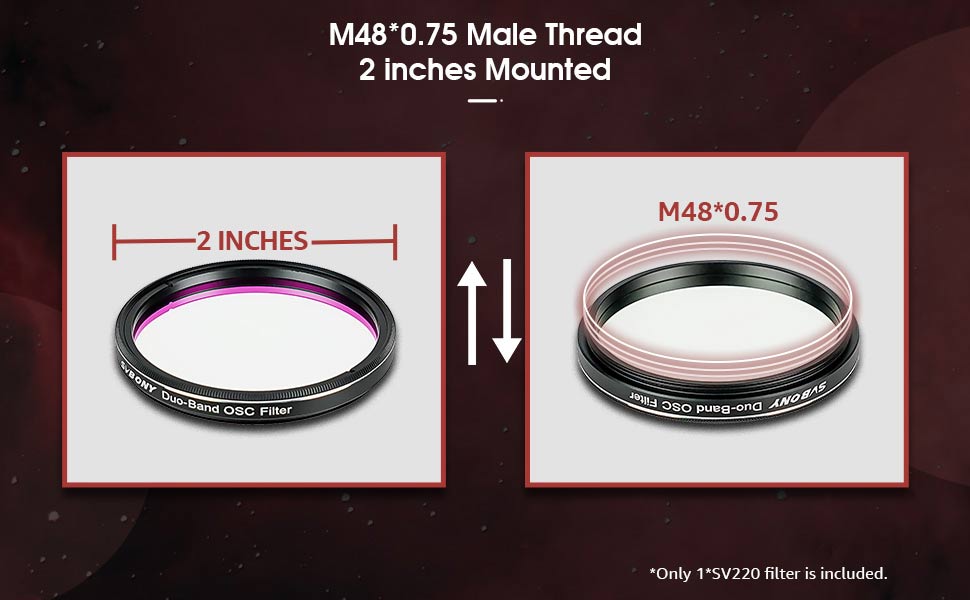
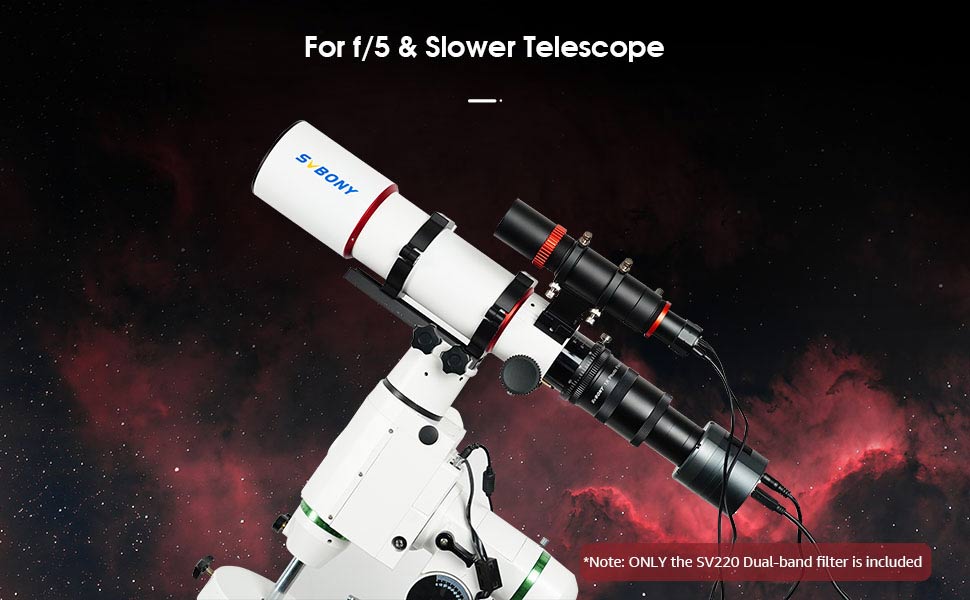
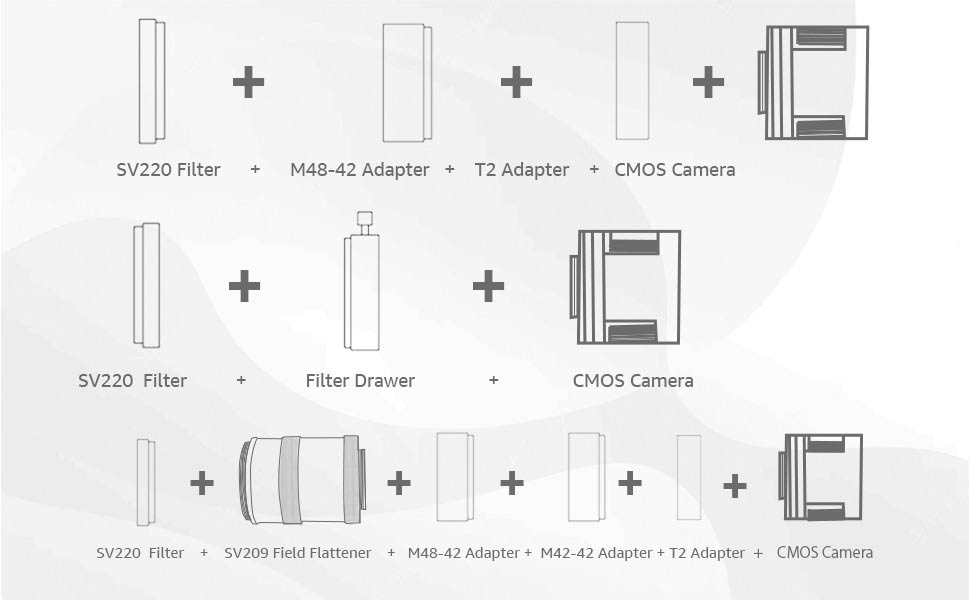
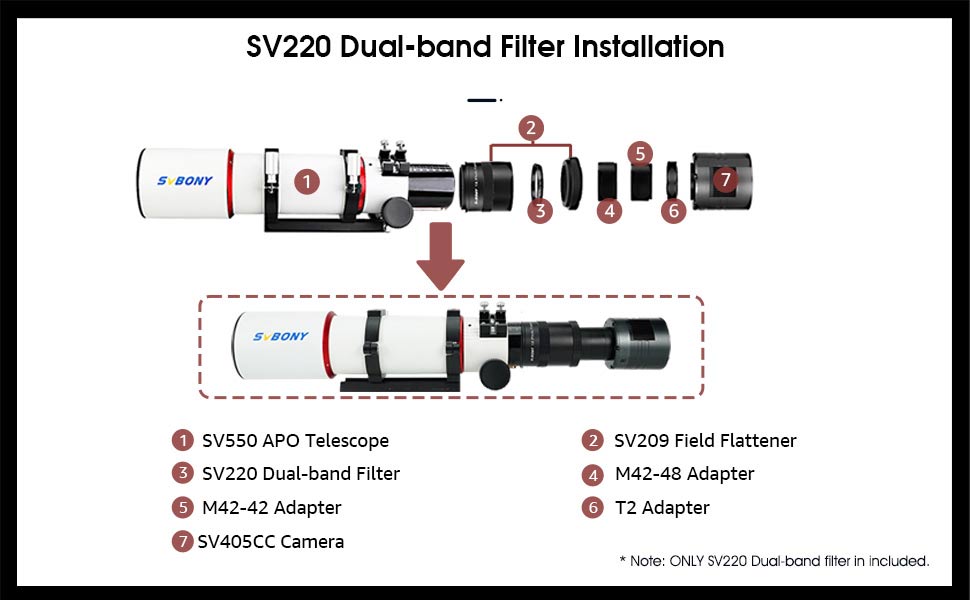
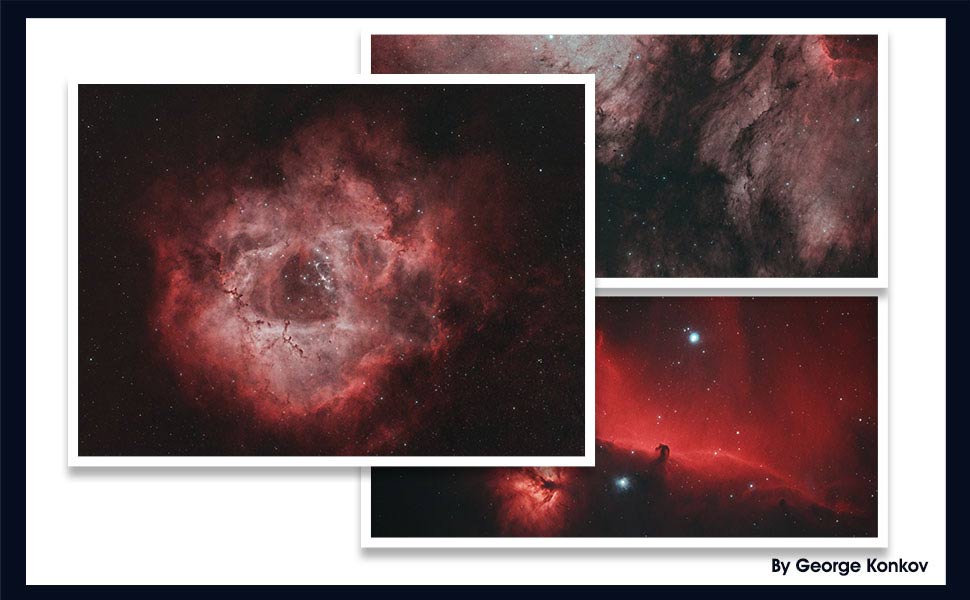
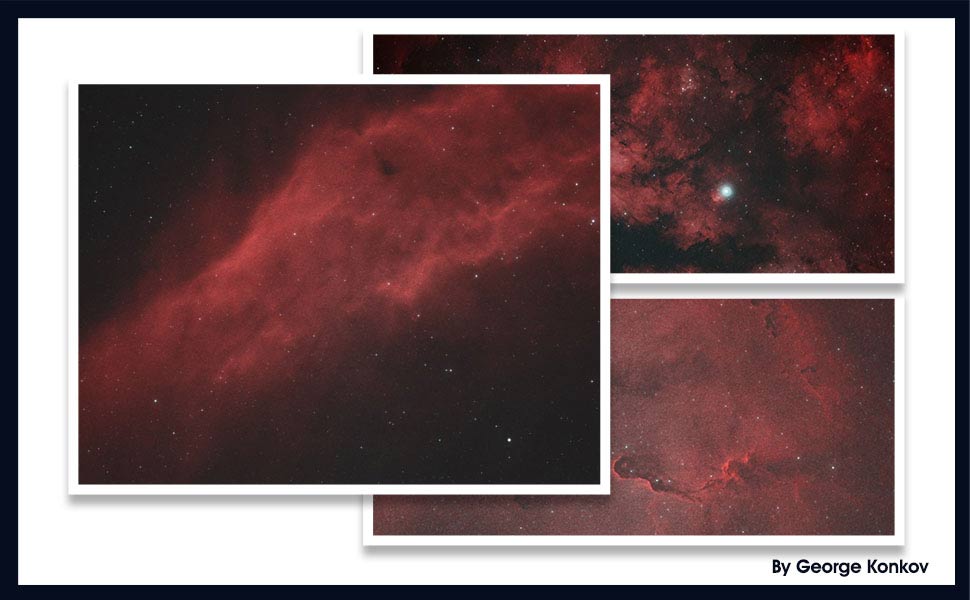
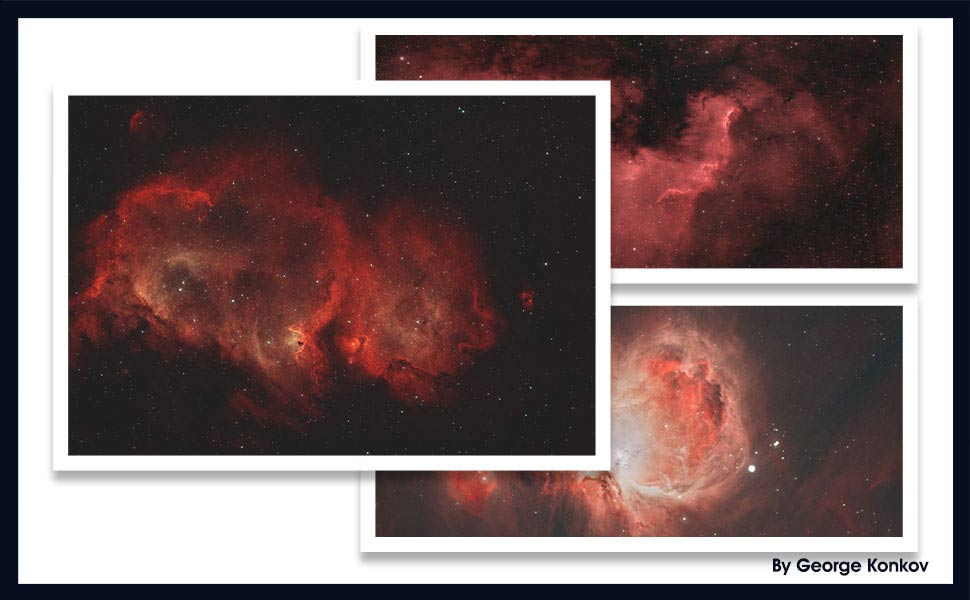
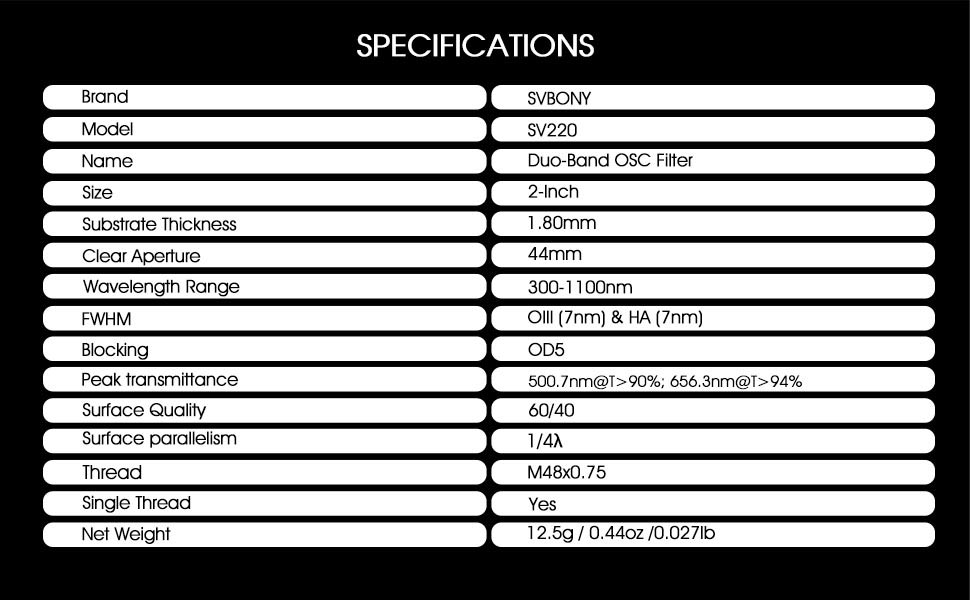
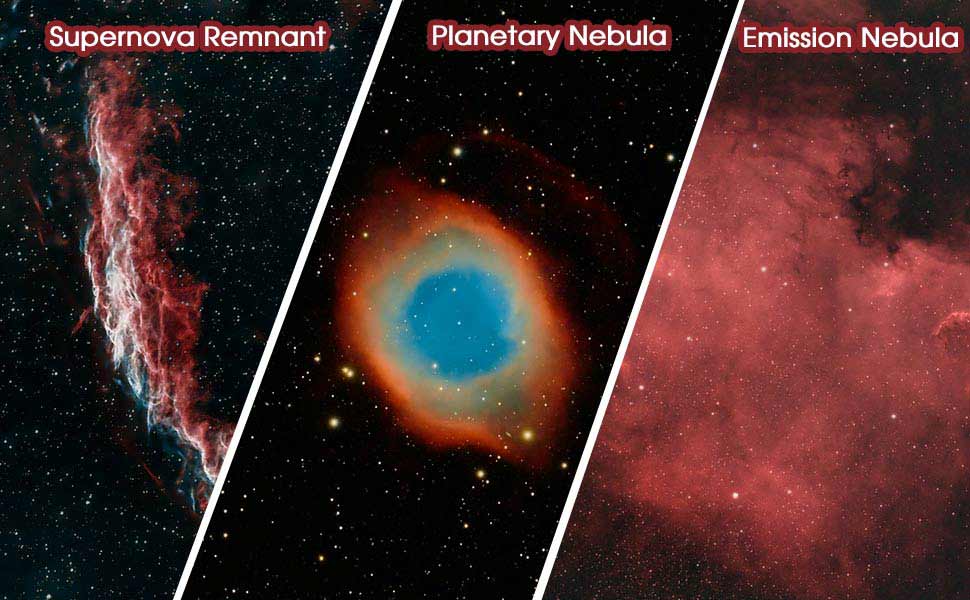
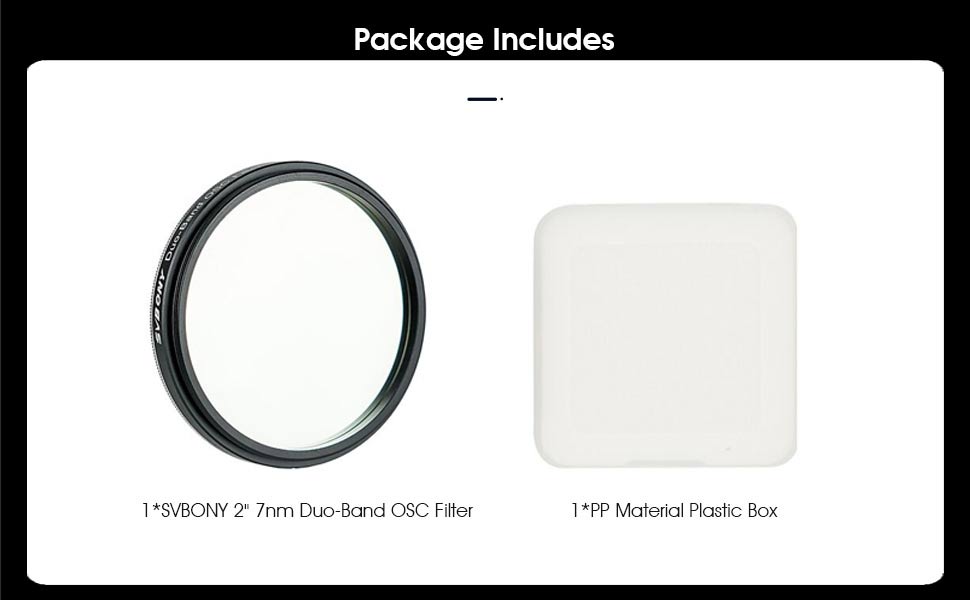
Great filter for astrophotography
Nice filter for astrophotography
Excellent Dual Narrowband Performance at a Great Value
The best value for money dual narrowband filter!
It revolutionized the way I do astrophotography
Works well with Quattro 150P @f3.45
Eccellente filtro dual band
the only dual narrow band filter you need
Great Filter!
SvBony 2" Filter 200
| Brand | SVBONY | SVBONY |
| Model | SV220 | SV220 |
| Name | Duo-Band OSC Filter | Duo-Band OSC Filter |
| Size | 2-Inch | 1.25-Inch |
| Substrate Thickness | 1.80mm | 1.85mm |
| Clear Aperture | 44mm | 26mm |
| Wavelength Range | 300-1100nm | 300-1100nm |
| FWHM | OIII (7nm) & HA (7nm) | OIII (7nm) & HA (7nm) |
| Blocking | OD5 | >OD5 |
| Peak transmittance | 500.7nm@T>90%; 656.3nm@T>94% | 500.7nm@T>90%; 656.3nm@T>94% |
| Surface Quality | 60/40 | 60/40 |
| Surface parallelism | 1/4λ | 1/4λ |
| Thread | M48x0.75 | M28.5*0.6 |
| Single Thread | Yes | Yes |
| Net Weight | 12.5g / 0.44oz /0.027lb | 7g |
Features
1.Dual Narrow bandwidth H-Alpha/O-III 7nm narrowband filter properly designed for astrophotography both in light polluted
2.Allows for imaging in bright man-made light pollution and moonlit conditions
3.Take color images without needing to combine images with multiple filters
4.Most useful for One-Shot Color cameras
5.Useful for imaging emission nebulae, planetary nebulae and supernova remnants
6.High transmission and sharp cut-off can greatly enhance the contrast and bring out the most detailed information for those deep-sky objects
7.Designed to sharply cut off the inference of artificial light from sodium vapor or mercury vapor street lights and other unwanted disturbance like sky glow
8.The duo-band narrowband filter is not suitable for visual observation and not designed for imaging or observing the Sun
9.Be aware that the SV220 is not a great fit for fast telescopes, some users reported that the Duo-Band OSC Filter paired with the RASA caused band shift, thus clipping the HA data.
The Reviews by Cuiv
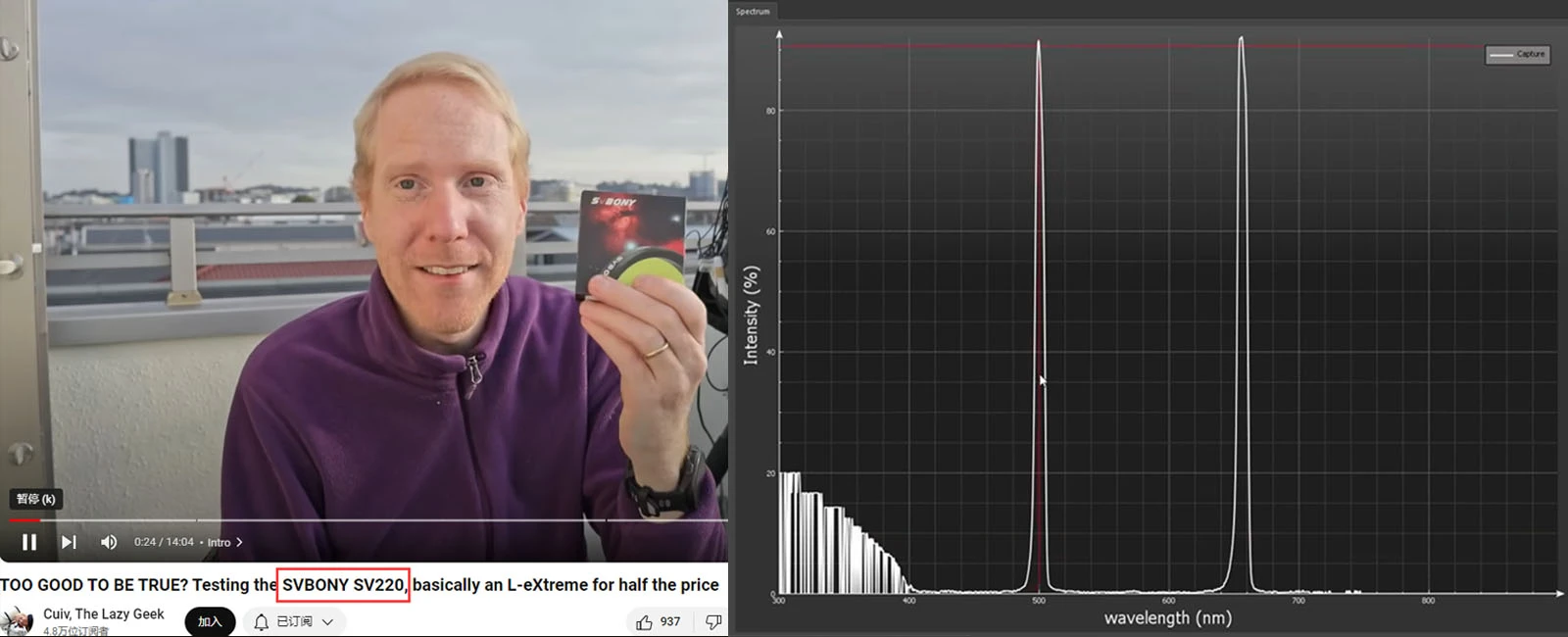
Unboxing by Felipe Almario





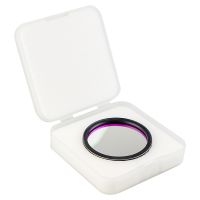

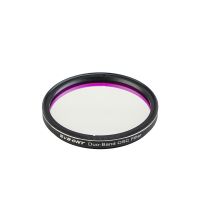
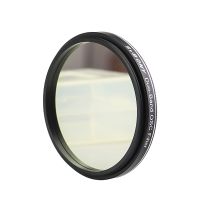
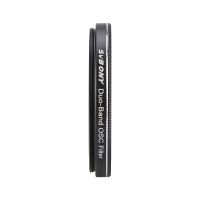
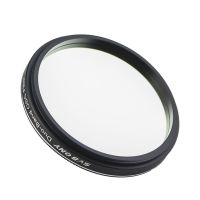
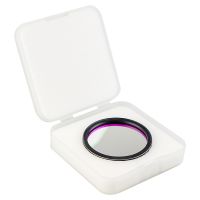
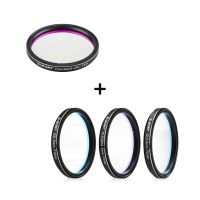
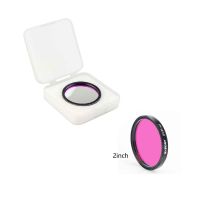
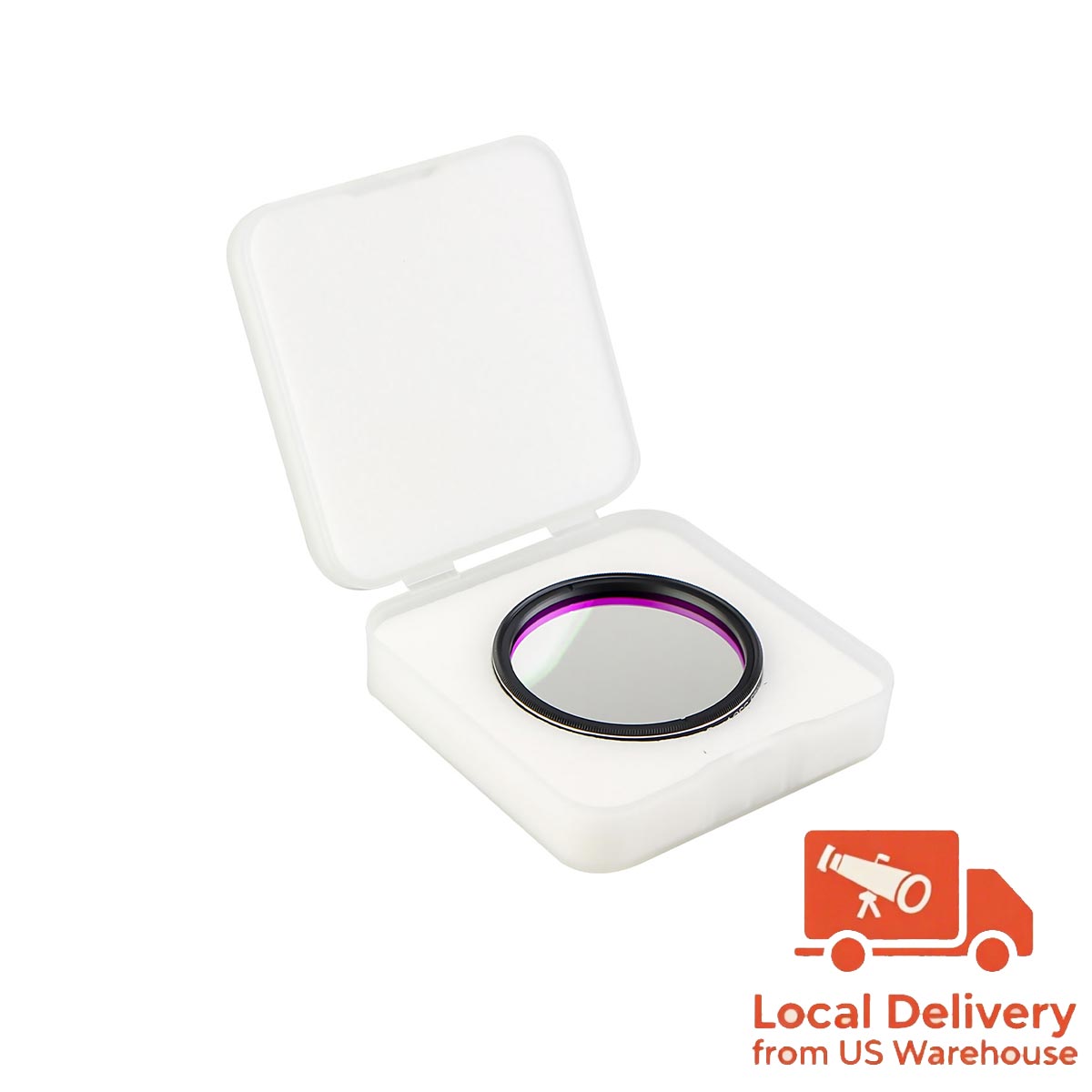
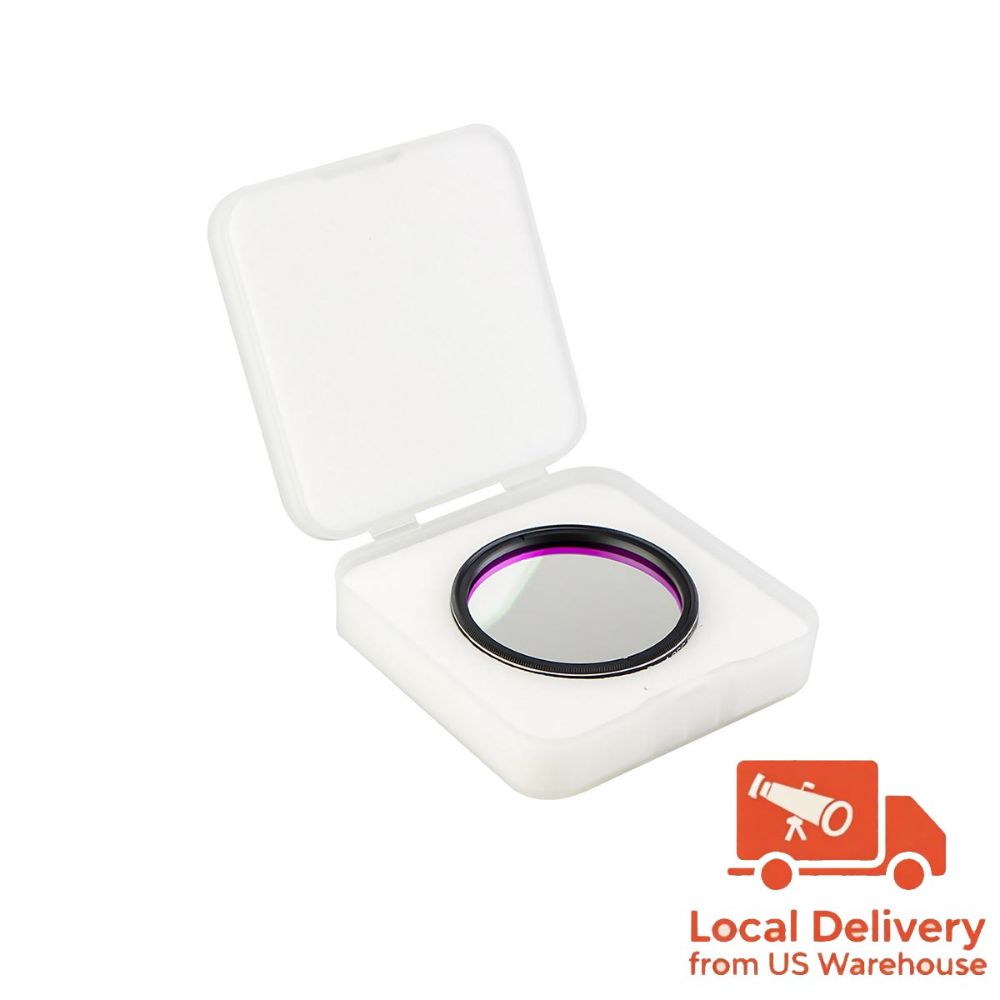

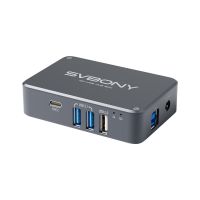
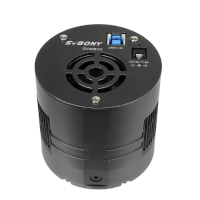
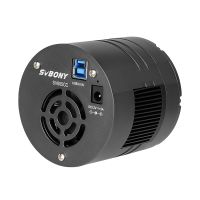
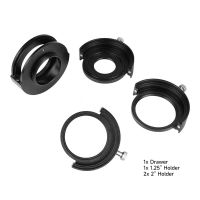
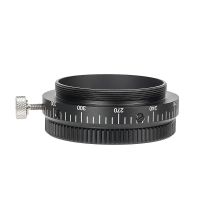
.jpg)

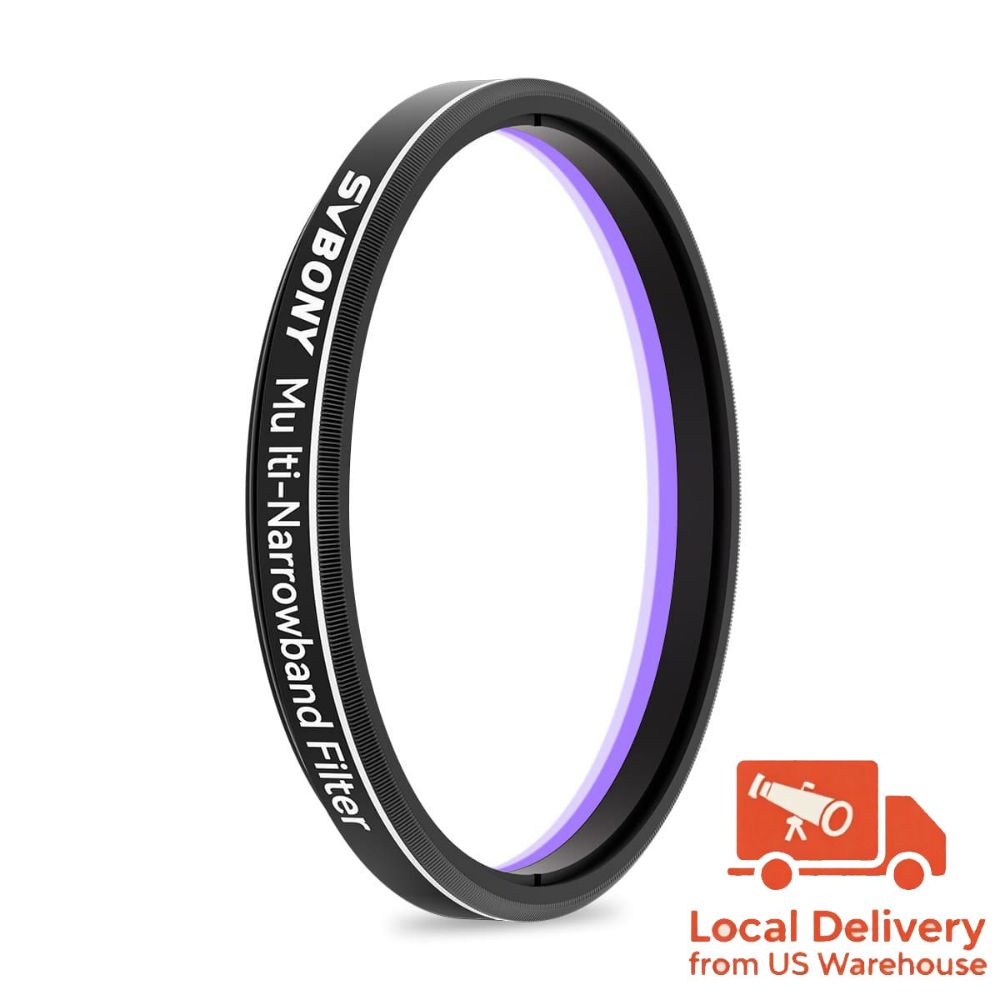
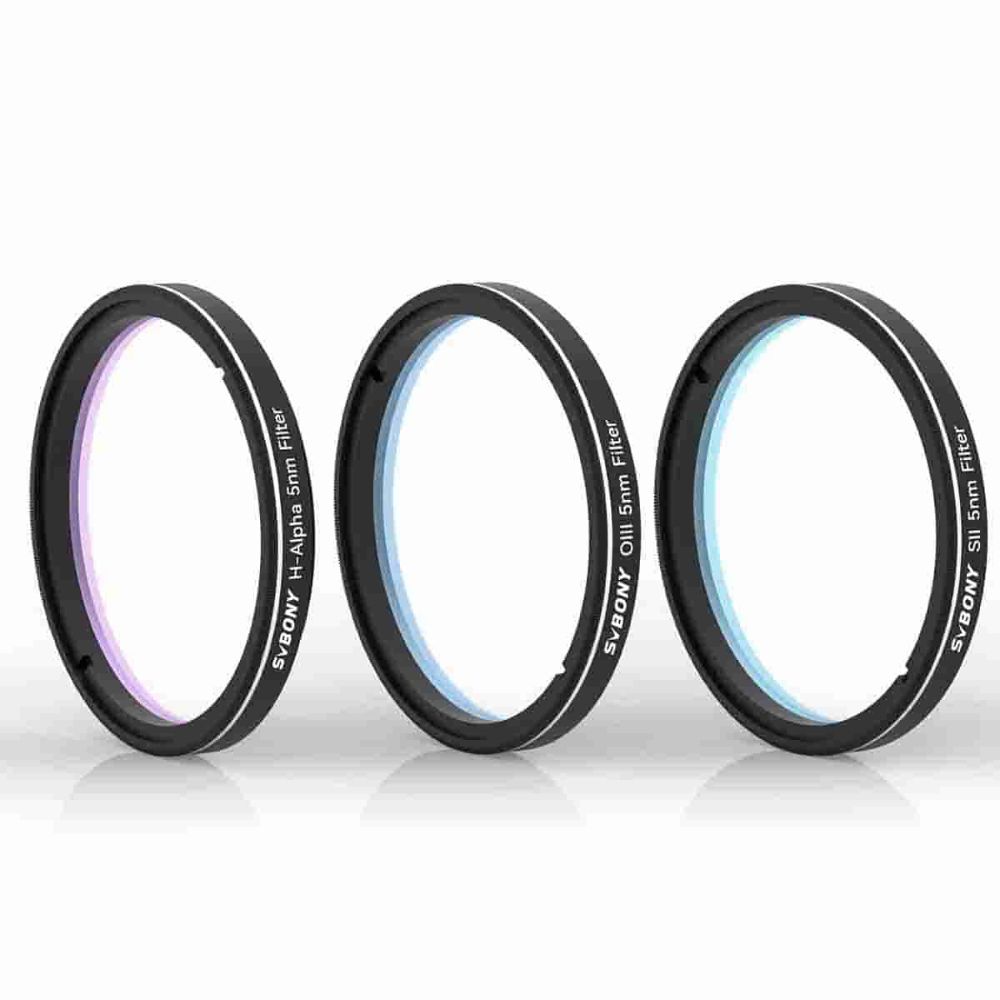
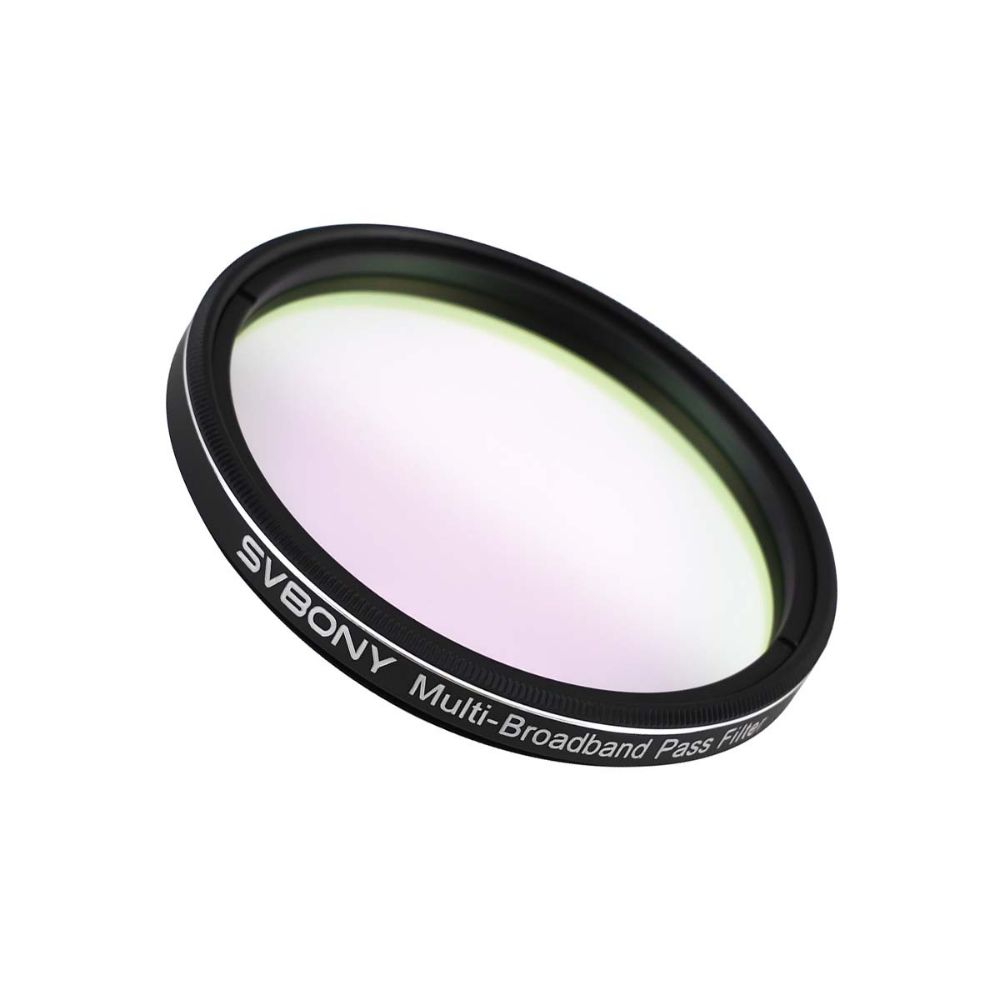
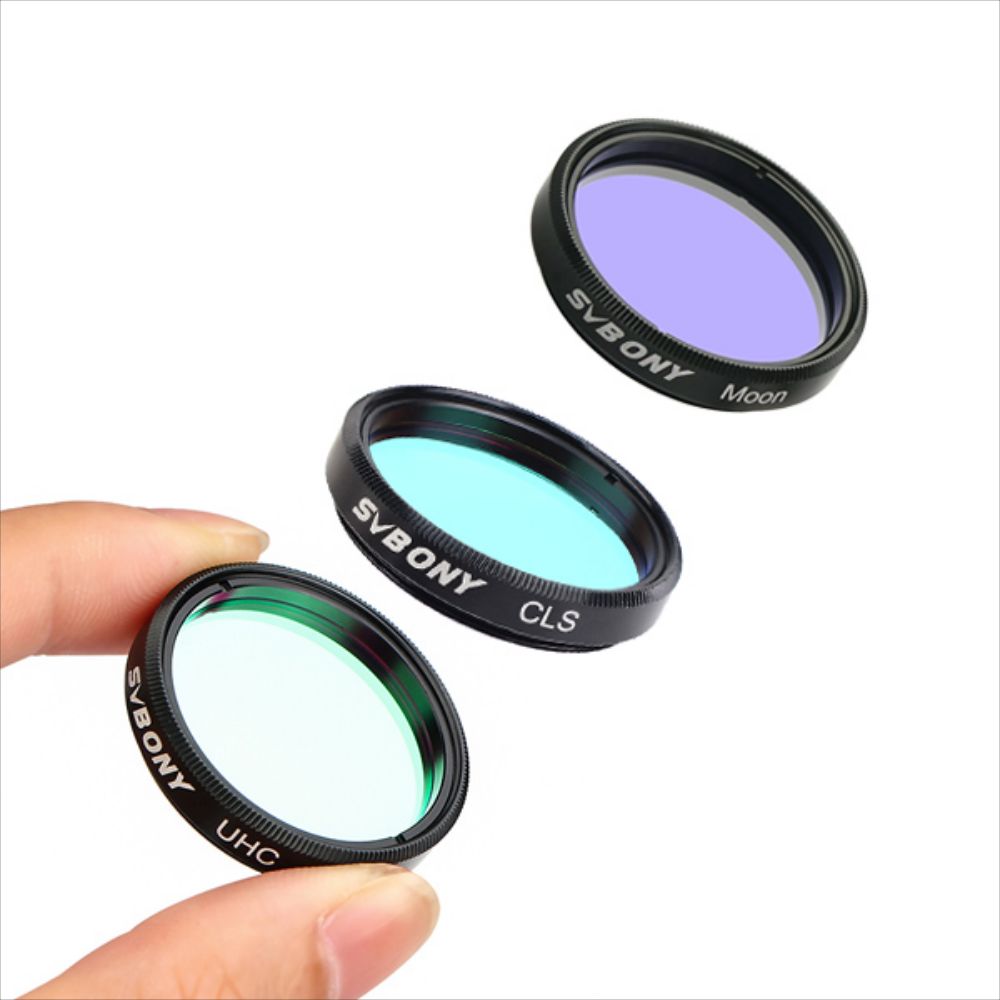
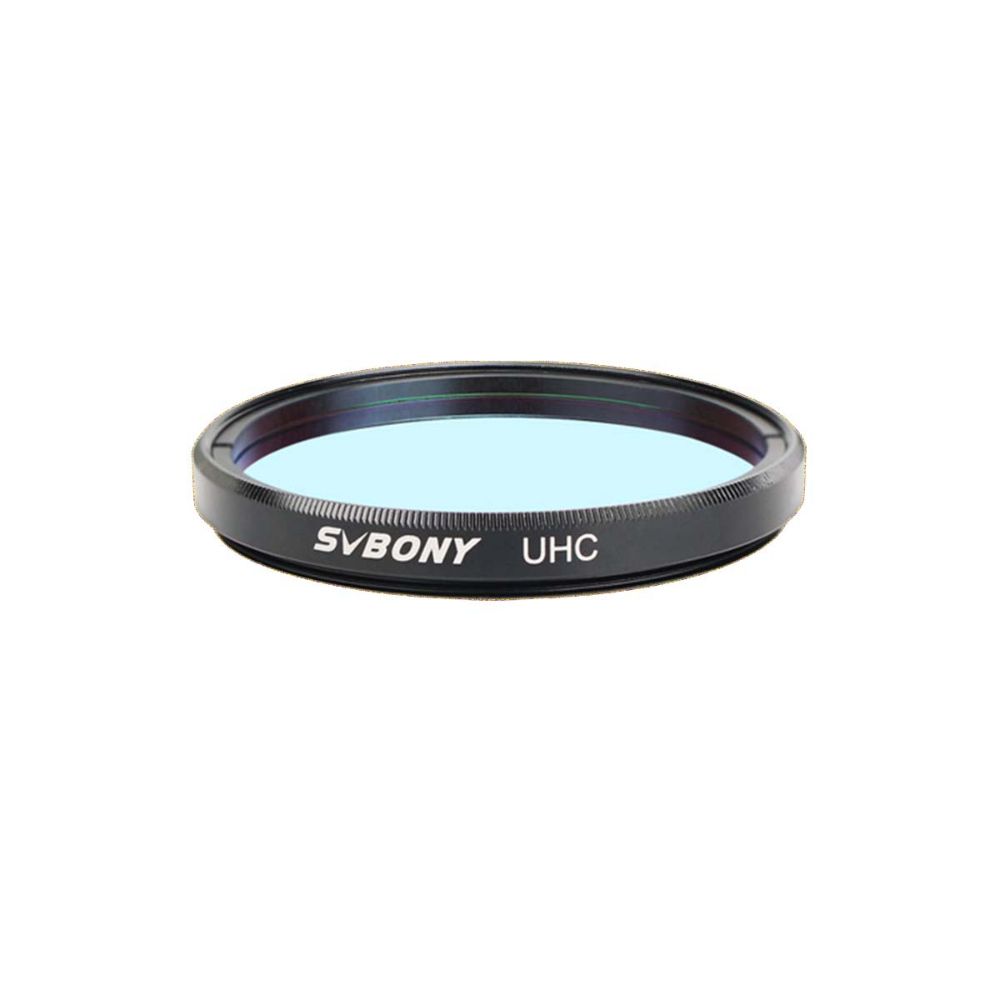
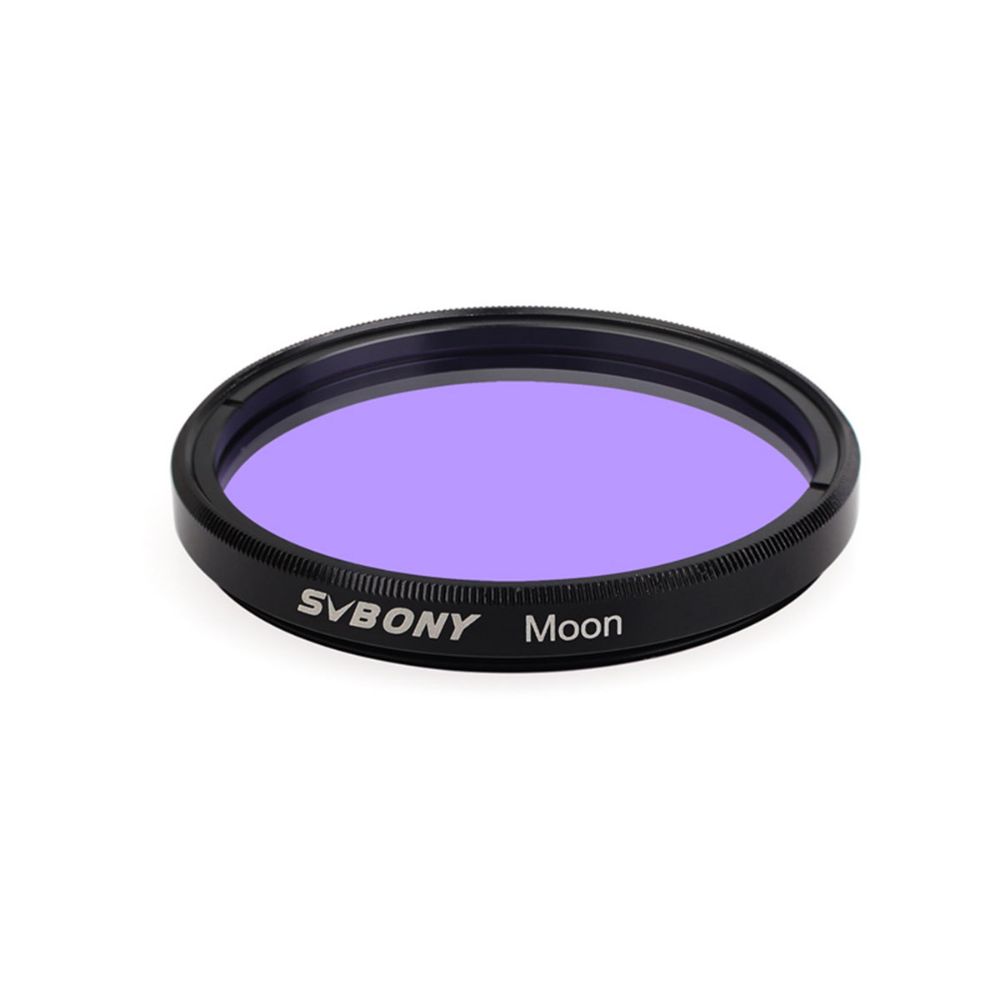
_md.jpg)
